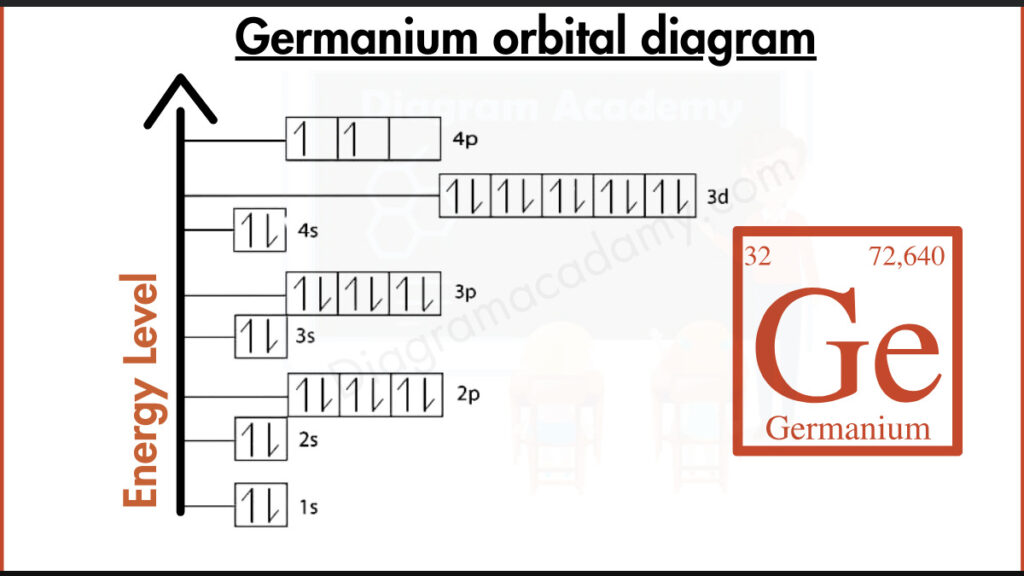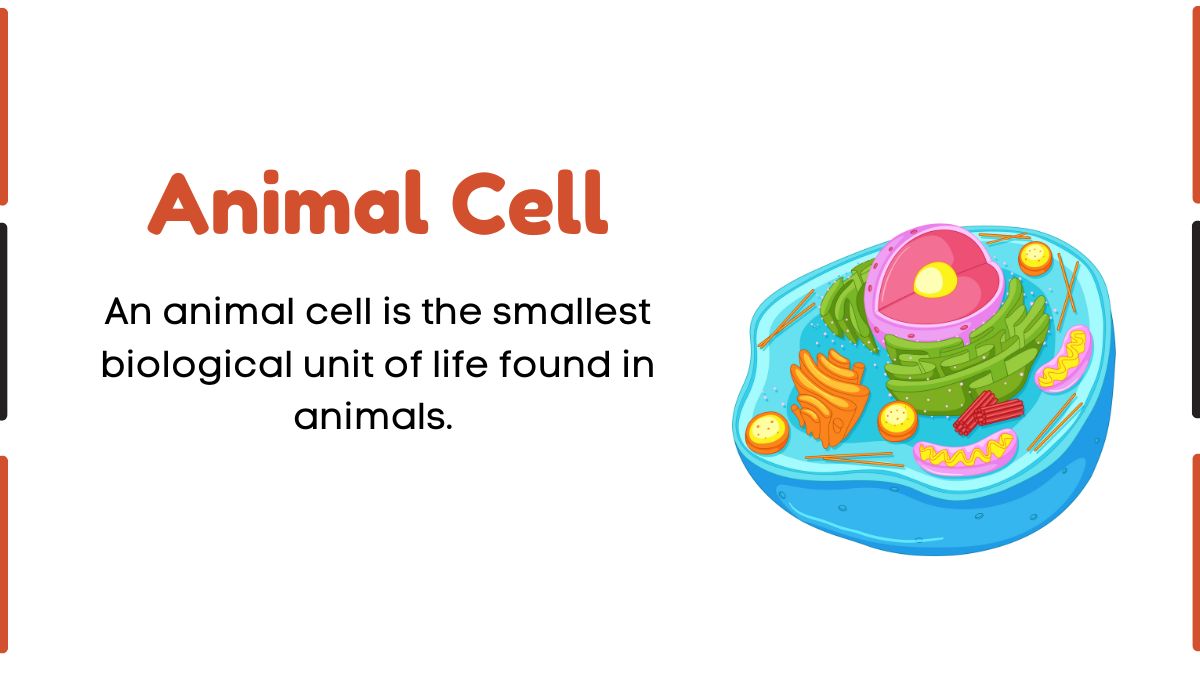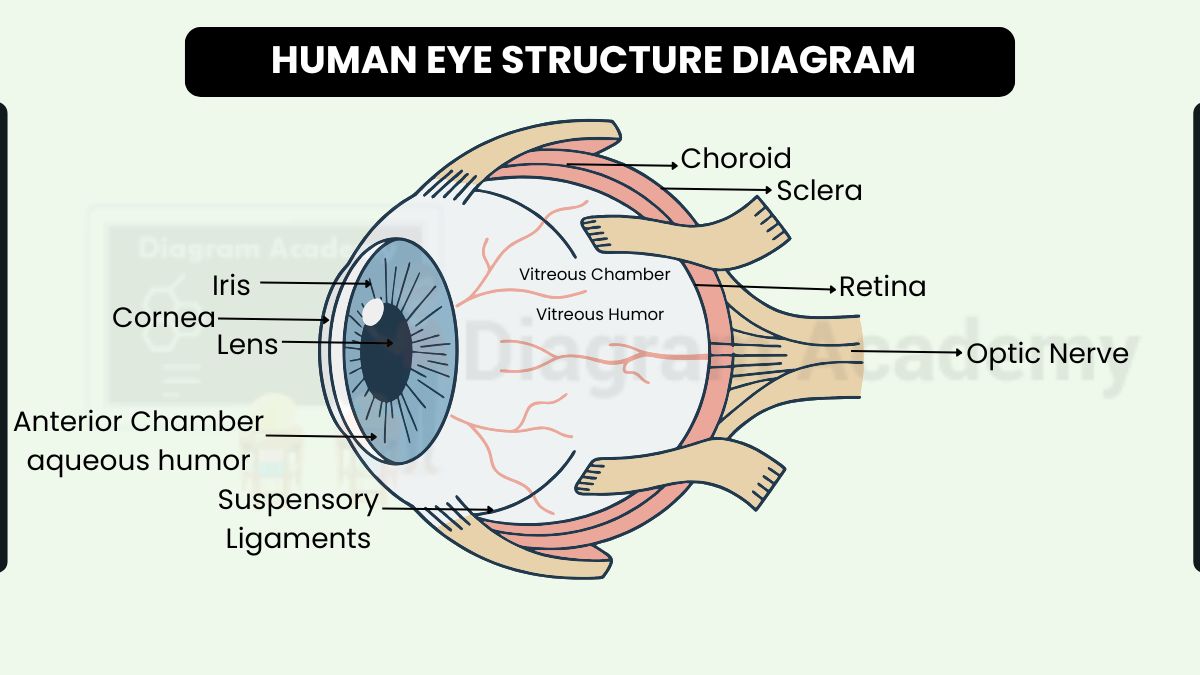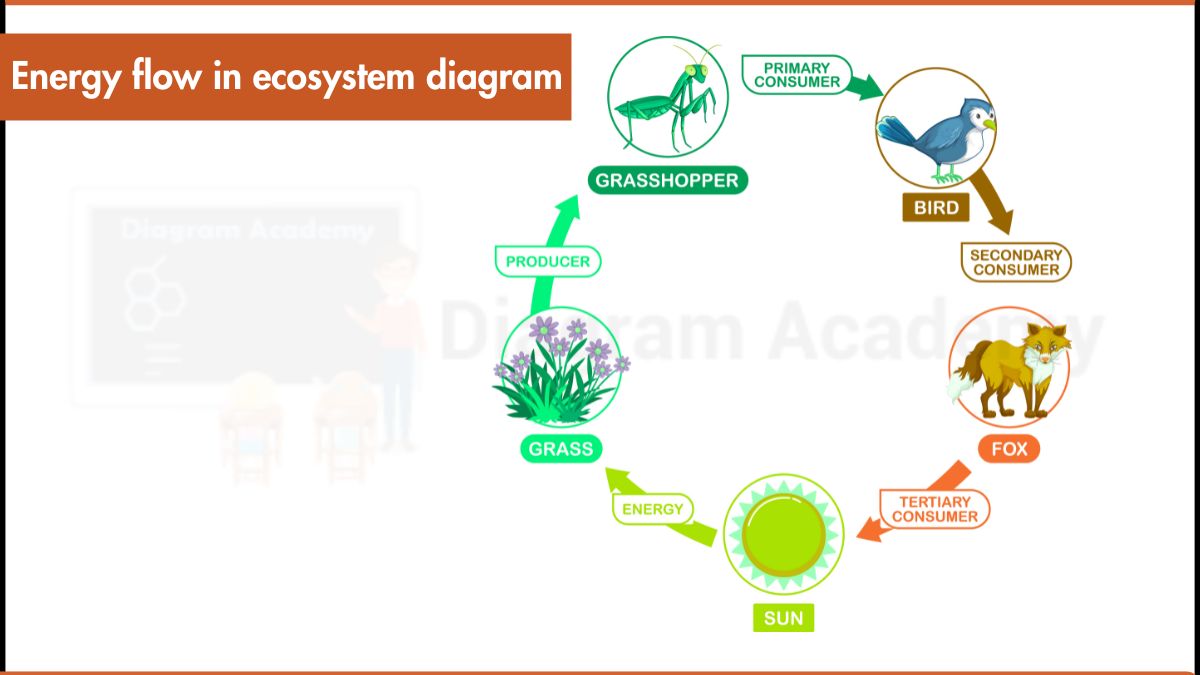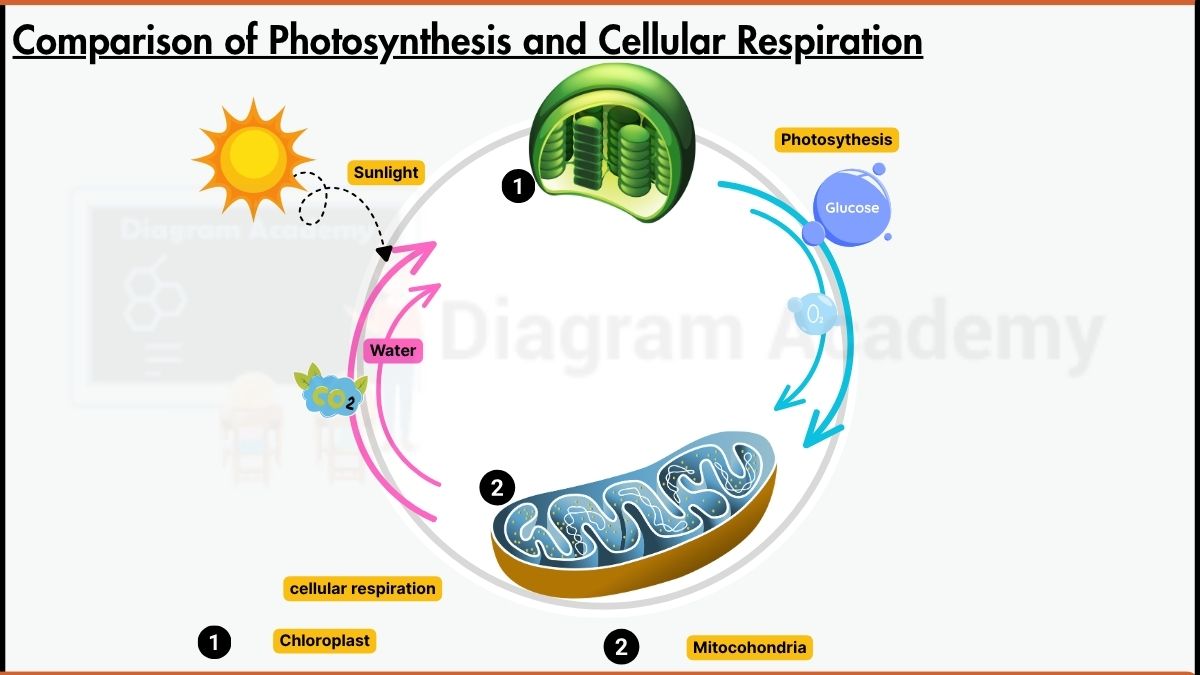How to write the Orbital Diagram for Germanium?
Germanium (Ge) arranges its 32 electrons in layers around the nucleus. The closer shells fill up first. Imagine 2 electrons in the innermost shell, followed by 8 in the second. Deeper inside, 18 electrons occupy another shell. Finally, out on the chemical frontline, the outermost shell holds just 4 electrons, with 2 of them being the all-important valence electrons responsible for how Germanium bonds with other elements.
